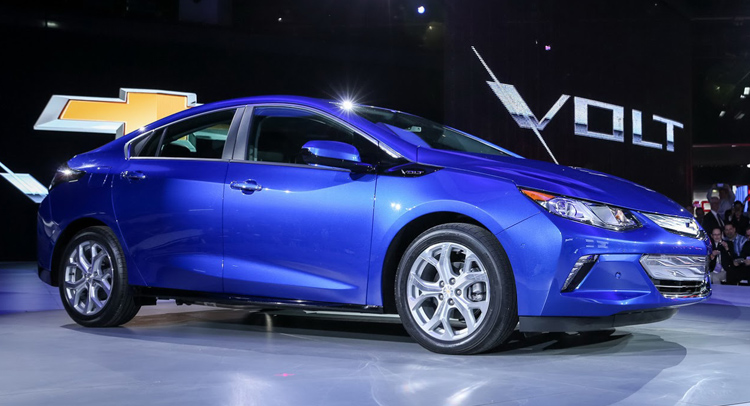Gasoline-electric hybrids first appeared in the late 1990s in the US, the most notable model being the 1999 Toyota Prius. By their fourth year on the market, this genre of vehicle had managed to sell 100,000, but it seems they’re now being outpaced by plug-in vehicles.
Vehicles with a plug sold at more than twice the rate of their gas pump-visiting counterparts – some 260,000 of them, according to data put together by Securing America’s Future Energy (or SAFE), an independent organization.
It adds that while hybrid sales were down 13.8 percent at the end of November 2014 compared to the year before, plug-ins recorded 46 months of growth only marred by a 4 percent dip last October.
One of the reasons suggested for the extra popularity is are the government and federal tax credit deductions which range from $2,500 (at least 5 kWh) to $7,500 (the incremental limit if you add $417 per each extra kWh).
Additionally, the cost of lithium ion batteries has more or less halved since 2010 – this should also equate to a lower asking price for the recently revealed Chevy Volt and next-gen Nissan Leaf, among others.
They also apparently are aimed at different types of people. The kind of person who would be more inclined to buy a plug-in would also probably also eventually look into having a solar generator to charge at home for free or at least reduce the strain on the grid.
Obviously, there will still be the dreaded range anxiety which is in itself probably the biggest killer of plug-in sales (hydrogen being the exception here), as well as cars struggling to meet the manufacturer’s range claims…
Via Chicago Tribune




